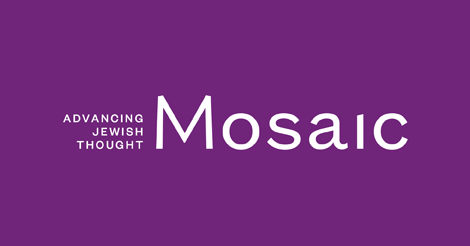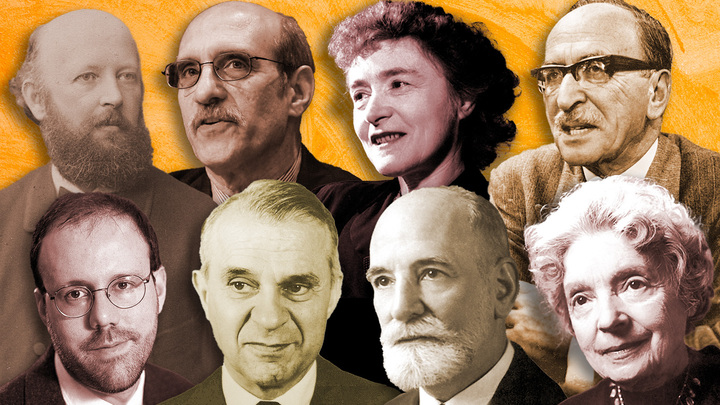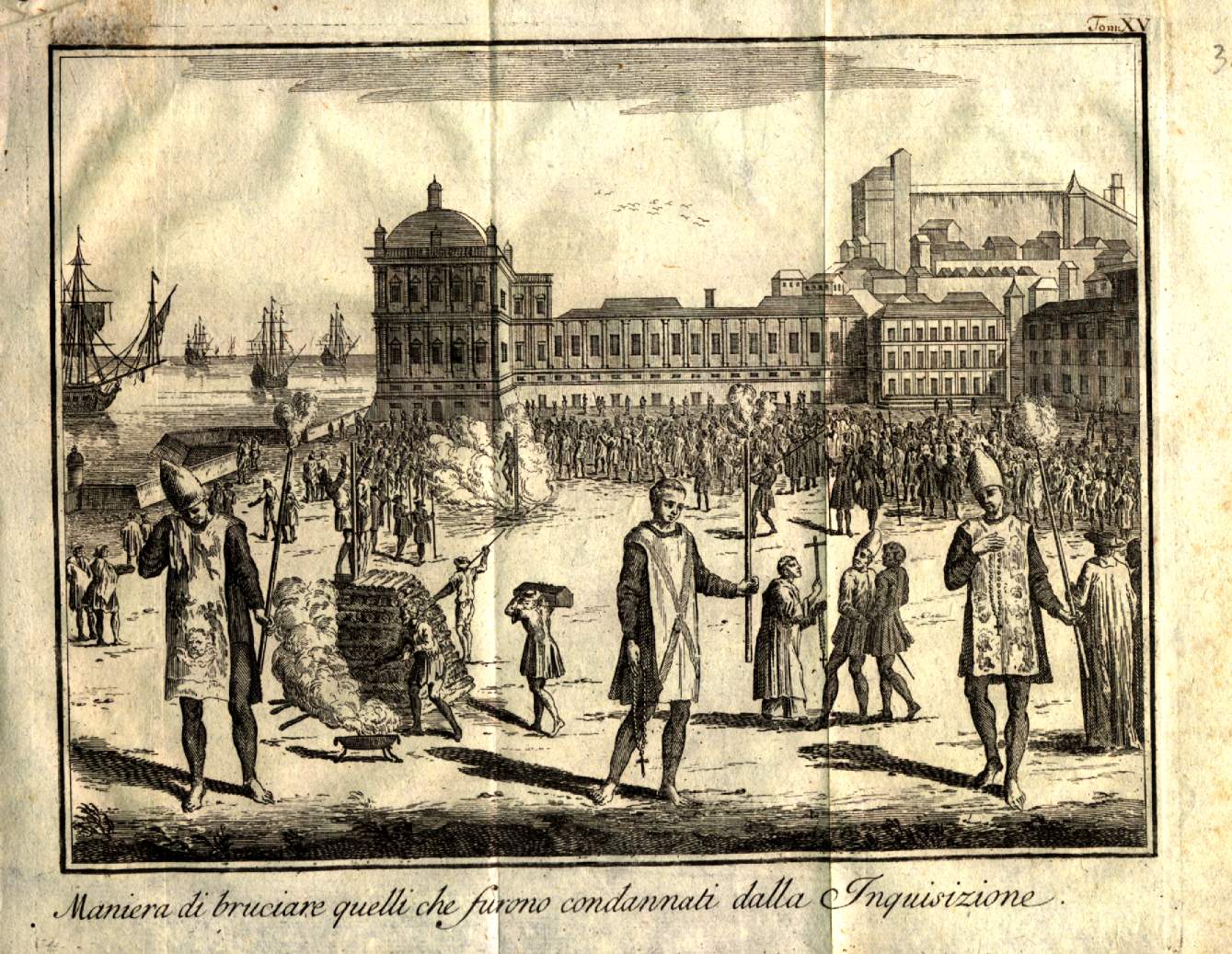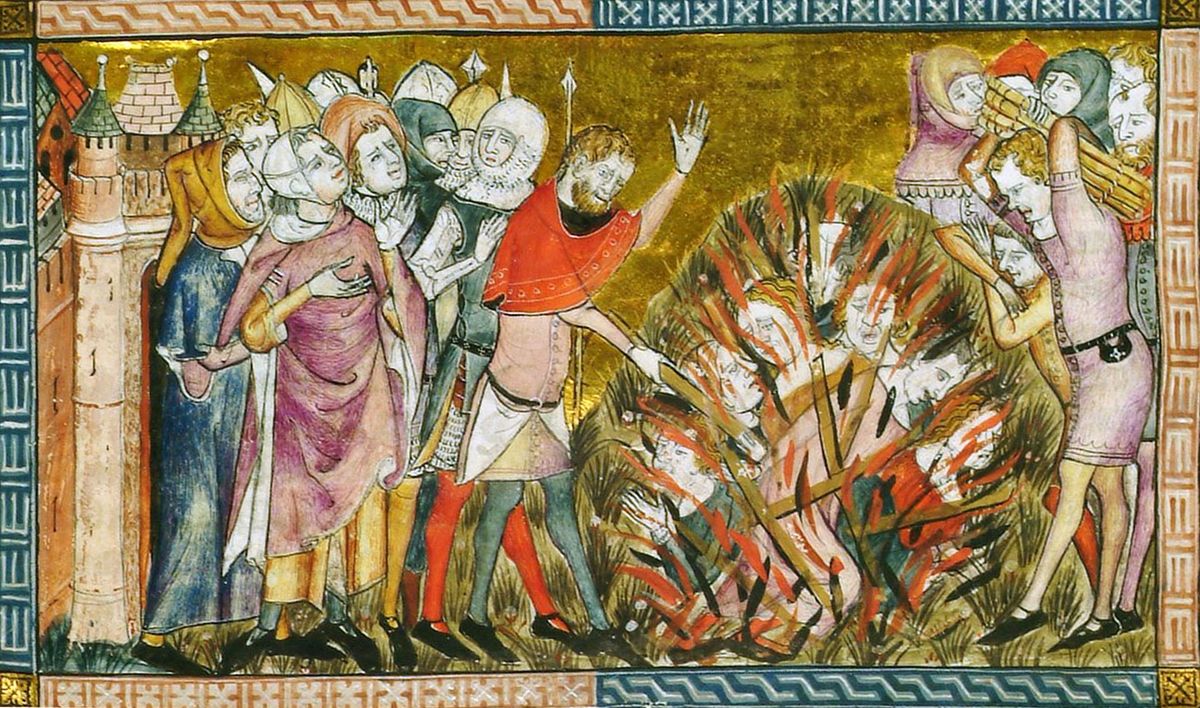Sixties Fan
Diamond Member
- Mar 6, 2017
- 57,735
- 10,974
- 2,140
- Thread starter
- #501

How Albert Einstein inspired Mandy Patinkin to rescue refugees
‘In my life,’ said Patinkin, ‘what he’s known for is not the theory of relativity, but the theory of relatives.’















:max_bytes(150000):strip_icc()/Paul-Reubens-1-6513c95e6f144c7ab2bc2b596df99cae.jpg)

